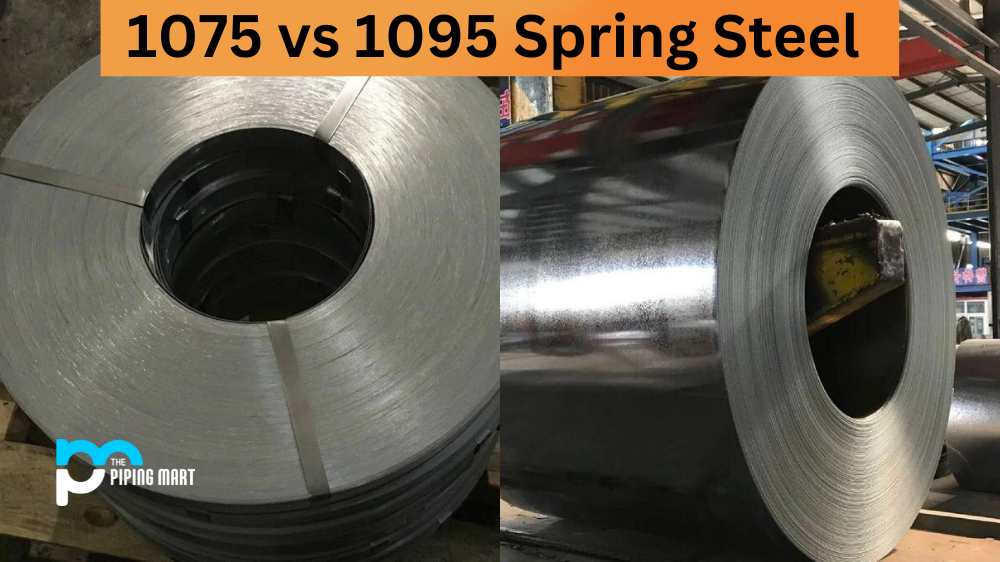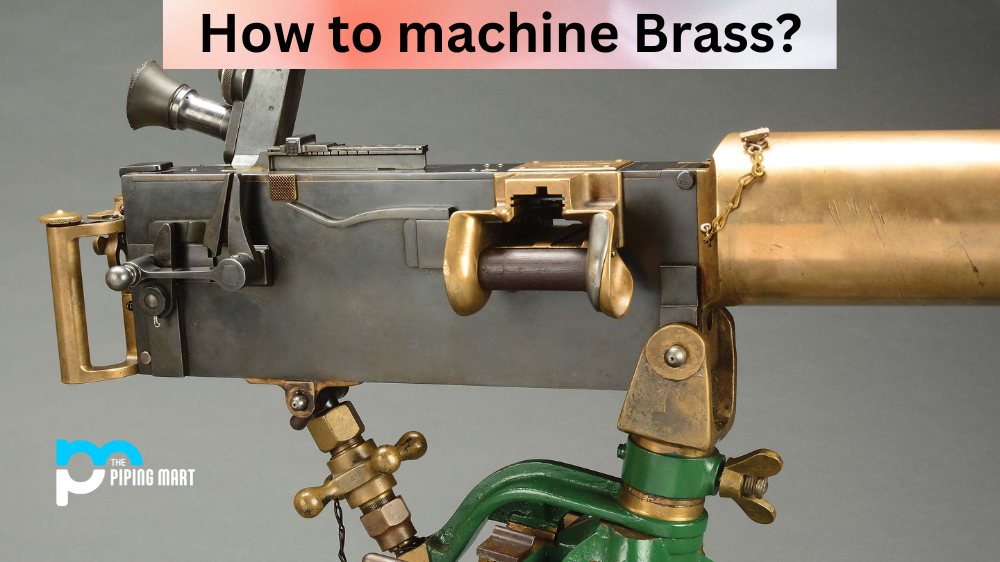Choosing the right steel for your project can be daunting, especially if you’re not an expert. Spring steel, for instance, is commonly used for making knives, swords, and other cutting tools, due to its excellent toughness, hardness, and edge retention properties. Among the most popular spring steels are 1075 and 1095. But which one should you use for your project? In this blog post, we will look at 1075 vs 1095 spring steel and identify the differences between the two.
Difference Between 1075 and 1095 Spring Steel
Composition
Both 1075 and 1095 are high-carbon spring steels, with carbon contents ranging from 0.75% to 1.05%. However, 1075 spring steel contains slightly more manganese and less carbon than 1095. This means 1075 is easier to forge and heat-treat than 1095 but has less edge retention and wear resistance. 1095, on the other hand, is more brittle and harder to work with but has superior edge retention and wear resistance.
Hardness
The hardness of steel determines its ability to resist wear, deformation, and breaking. 1075 and 1095 spring sheets of steel are hardened and tempered to achieve high hardness levels, typically in the 56-58 HRC (Rockwell C hardness scale). However, 1095 can be set to a higher degree than 1075, up to 65 HRC or more, making it ideal for making knives and swords that need to retain a sharp edge for longer.
Toughness
Toughness is the ability of steel to absorb energy and resist fracture under impact or stress. It is an essential property for cutting tools as they are subjected to many bending and twisting forces during use. Although 1075 and 1095 spring sheets of steel are tough, 1075 is tougher than 1095 due to its higher flexibility and shock-absorbing capacity. This makes 1075 ideal for making swords and machetes that must withstand heavy chopping and slicing.
Cost
Finally, the cost of the steel can also be a deciding factor in selecting the right material for your project. Generally, 1075 is less expensive than 1095 due to its lower carbon content and easier workability. 1095, however, is more costly due to its superior hardness, wear resistance, and edge retention. The cost difference may be insignificant for small projects, but it can add up if you work on a larger scale.
Conclusion
After going through this article, it is clear that 1075 and 1095 spring steels are excellent materials for making knives, swords, and other cutting tools. The choice between the two ultimately comes down to your specific needs and preferences. If you are looking for steel that is easy to work with and has good toughness, 1075 should be your go-to option. On the other hand, if you need a harder, more wear-resistant steel that can retain a sharp edge for a long time, then 1095 is the best choice. Whatever steel you choose, use proper safety measures during the forging and heat-treatment process, and always aim for the highest quality possible.

Pipingmart is a B2B portal that specializes in metal, industrial and piping items. Additionally, we share the latest information and information about materials, products and various types of grades to assist businesses that are involved in this business.




